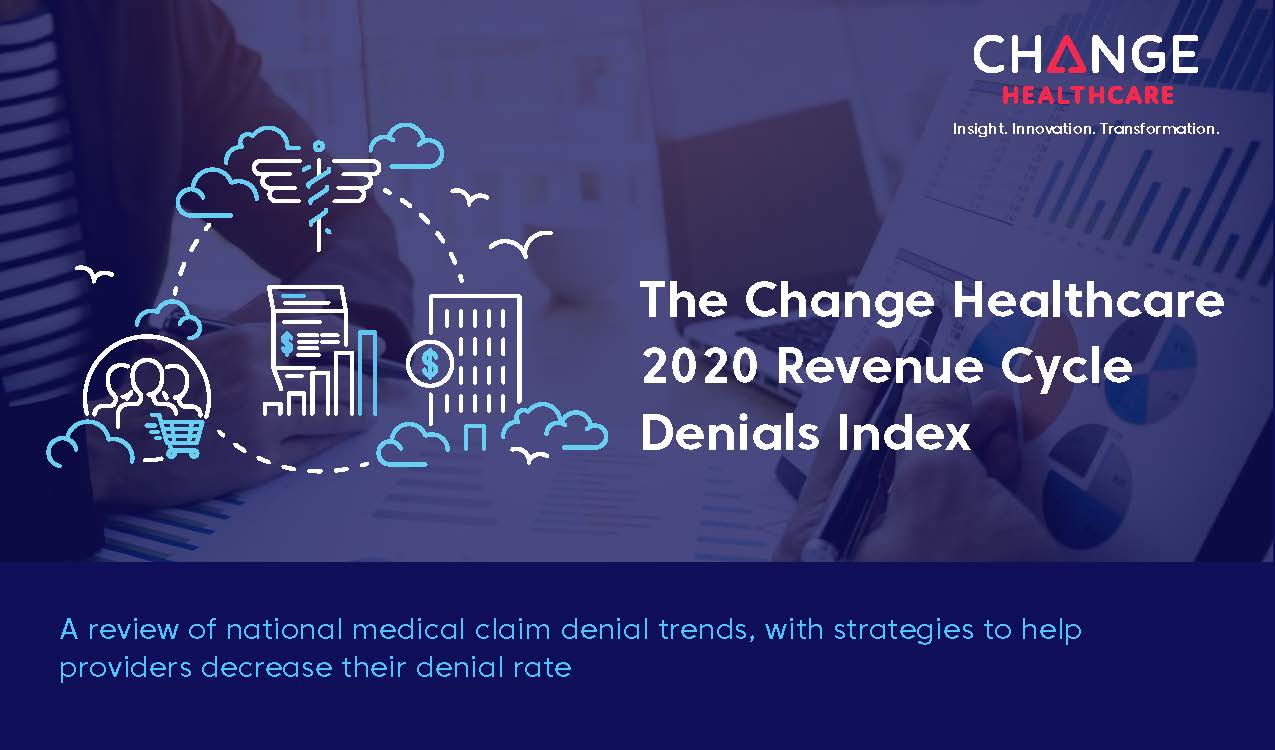Hospital Denial Rates Exceeding “Denials Danger Zone” of 10%
According to a survey conducted in April to May of 2021 by Harmony Healthcare, hospitals' denial rates have reach new highs during the pandemic. As reported by Fierce Healthcare:
- 33% of the poll’s respondents reported average denial rate exceeding the “denials danger zone” of 10%
- 16% of the poll’s respondents reported average denial rate between 8% and 10%
- 22% of the poll’s respondents reported average denial rate between 5% and 7%
- 31% of the poll’s respondents reported average denial rate was below 5%

The results from the survey provide a small sample of the rise in denied claims with responding hospitals (69%) exceeding the targeted denial rate between 2%-4%. But is the pandemic the culprit? Not necessarily, says Randy Verdino, CEO of Harmony Healthcare:
"Make no mistake about it, the denials rate was climbing prior to the pandemic. The pandemic just added additional complexities to it.
“The highest priority of any healthcare institution is saving people’s lives, and the public health emergency certainly brought that front and center. Now that the pandemic is somewhat under control … we think this is going to be the next pickup point.”
While the pandemic brought on added complexities, the rise in denial rate should not be a shock to many in the healthcare industry. Mr. Verdino and Brandon Martin, Harmony’s vice president of client solutions, noted that their group’s survey builds on denials trends and early pandemic impact outlined in previous large-scale data reviews, such as the Change Healthcare’s 2020 Denials Index published in February.

The report, which reviewed 102 million transactions across more than 1,500 U.S. hospitals between July 2019 and June 2020, outlined a similar steady increase in national denials since 2016 and an initial bump from 9.5% in late 2019 to more than 11% by summer 2020.
The Solution: Getting Back to Basics with a Boost in Technology
While the problem may seem daunting, it can be simplified in an overarching initiative: getting back to the basics with a boost in technology.
For organizations looking to reclaim the time and money they’re spending to reprocess a claim, Verdino’s advice was straightforward: Take an initial step back and evaluate to understand the source of the appeals, find the right people to form an executive steering committee and set effective priorities for the departments as they adjust their practices.

“There’s nothing I said there that’s all that novel, right? It’s a classic change management opportunity for the hospital until better tools and software come along that can, perhaps, put them in a better place without all these organizational gymnastics and the like,” he said.
However, there is an argument that the technologies already exist and are being adopted as we write this blog. Take, for instance, paper-based remits and EOB/EOP processing -- a major contributor to denied claims.
As noted in our White Paper, Why Posting Errors are the Norm in EOB Processing, 1 in 4 claims claims posted by keyers manually can contain an error, with as high as 2% of all fields with incorrect information. To combat this, healthcare providers and revenue cycle outsourcers are leveraging AI and Deep Learning technologies to electronify paper-based payments for auto posting, effectively eliminating the errors generated by manual processing. Furthermore, the electronification of claims allows for the data to be utilized by downstream business intelligence and denial analytics platforms to perform deep root case analyses.
